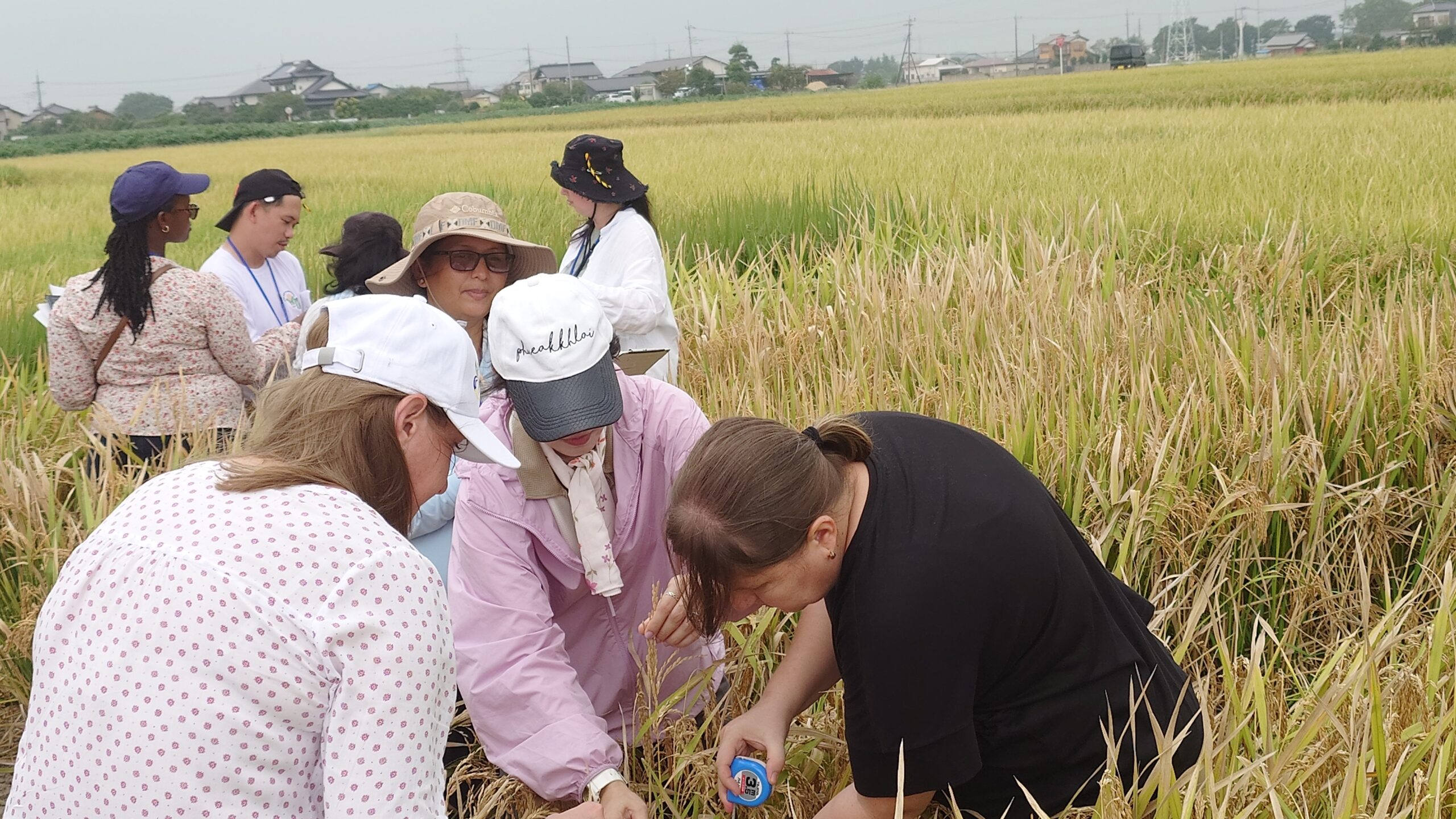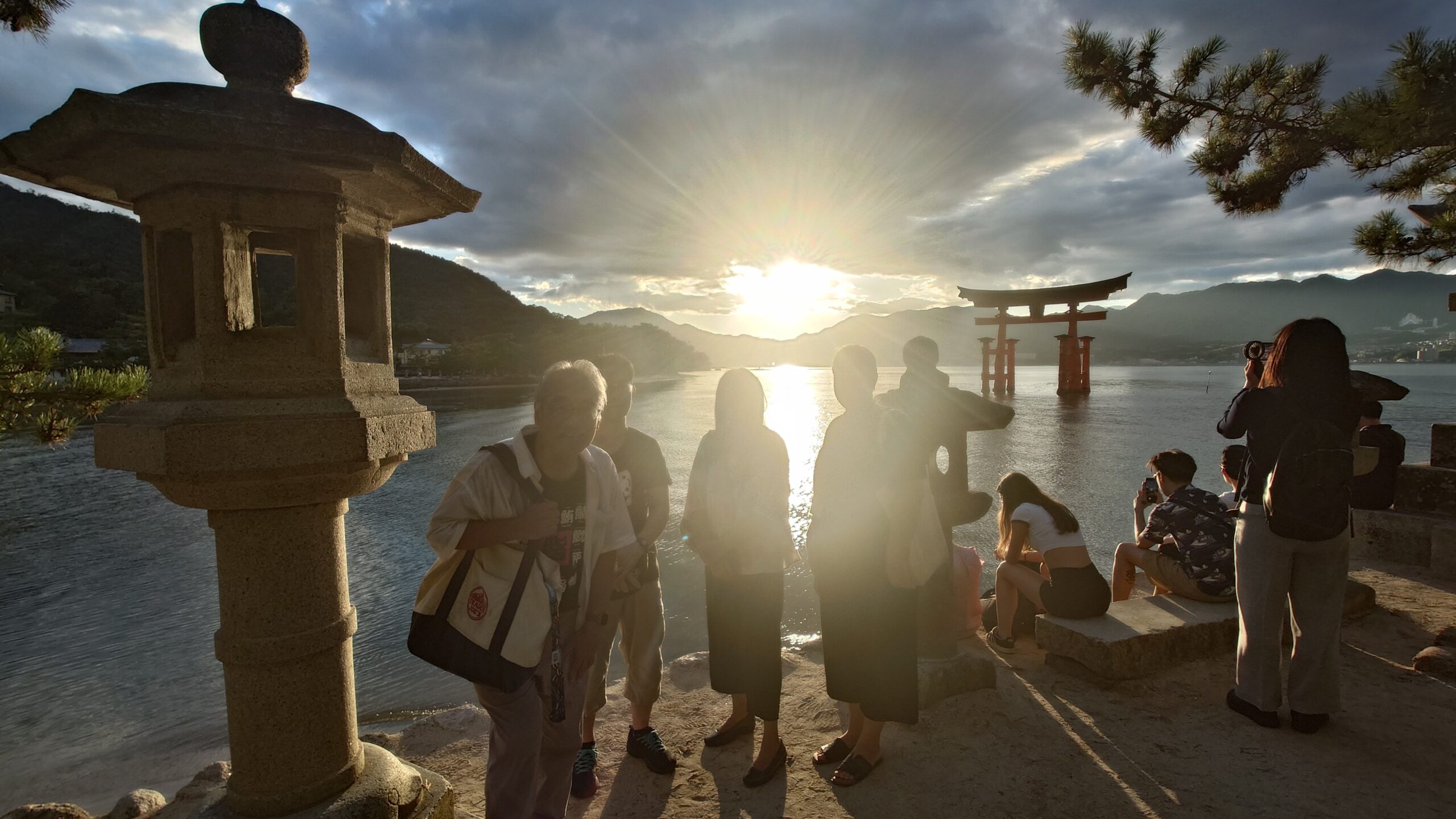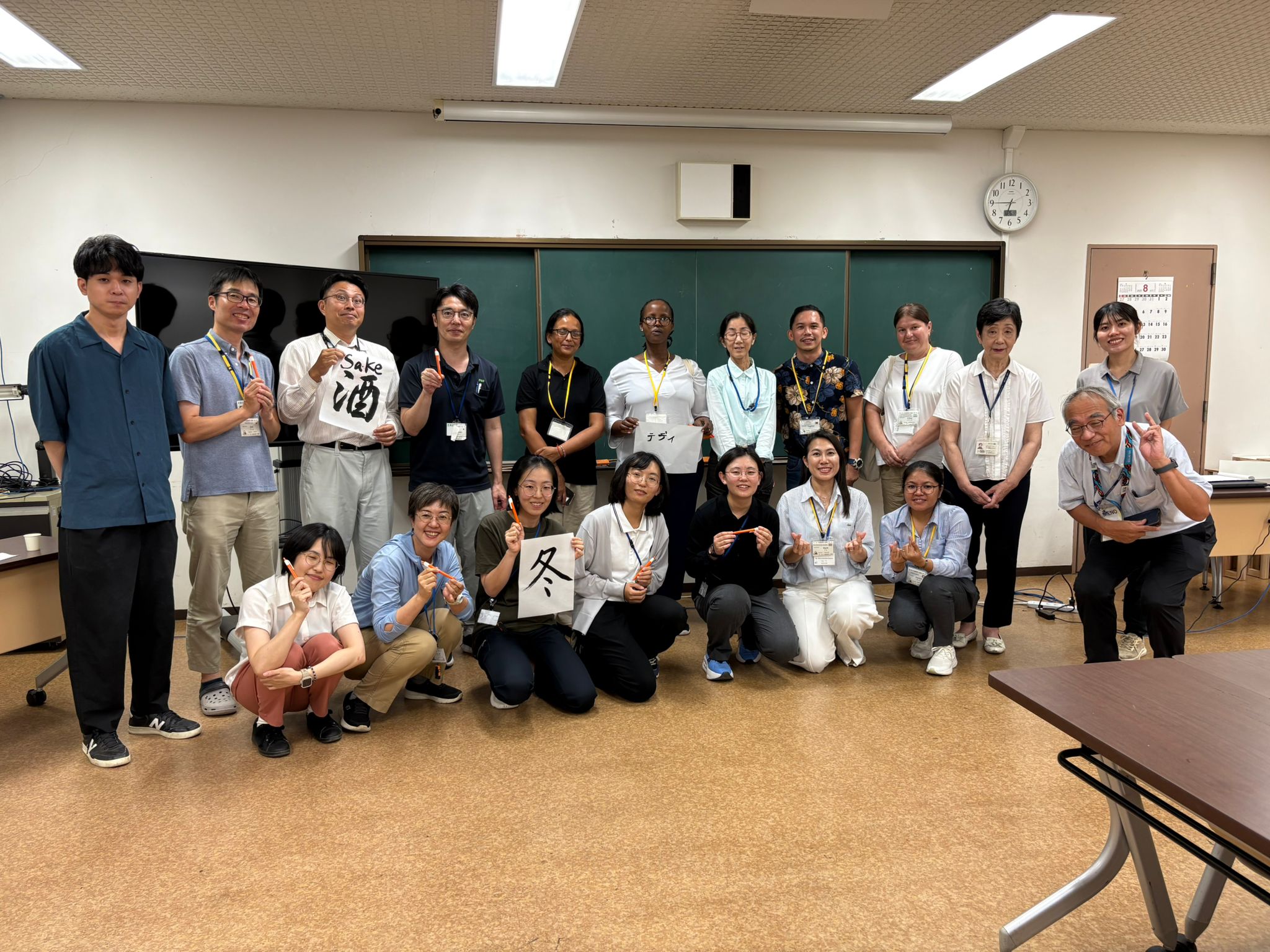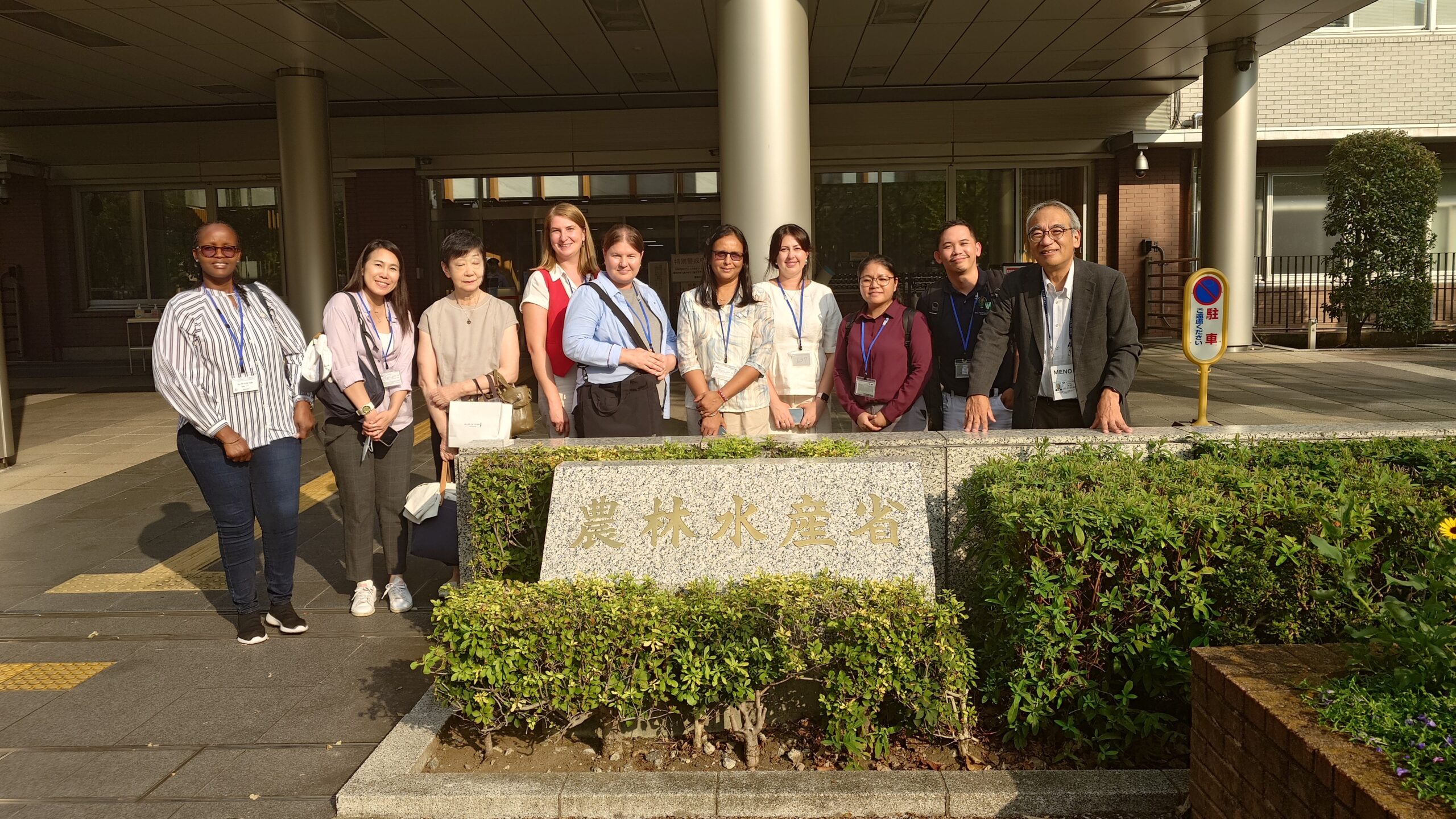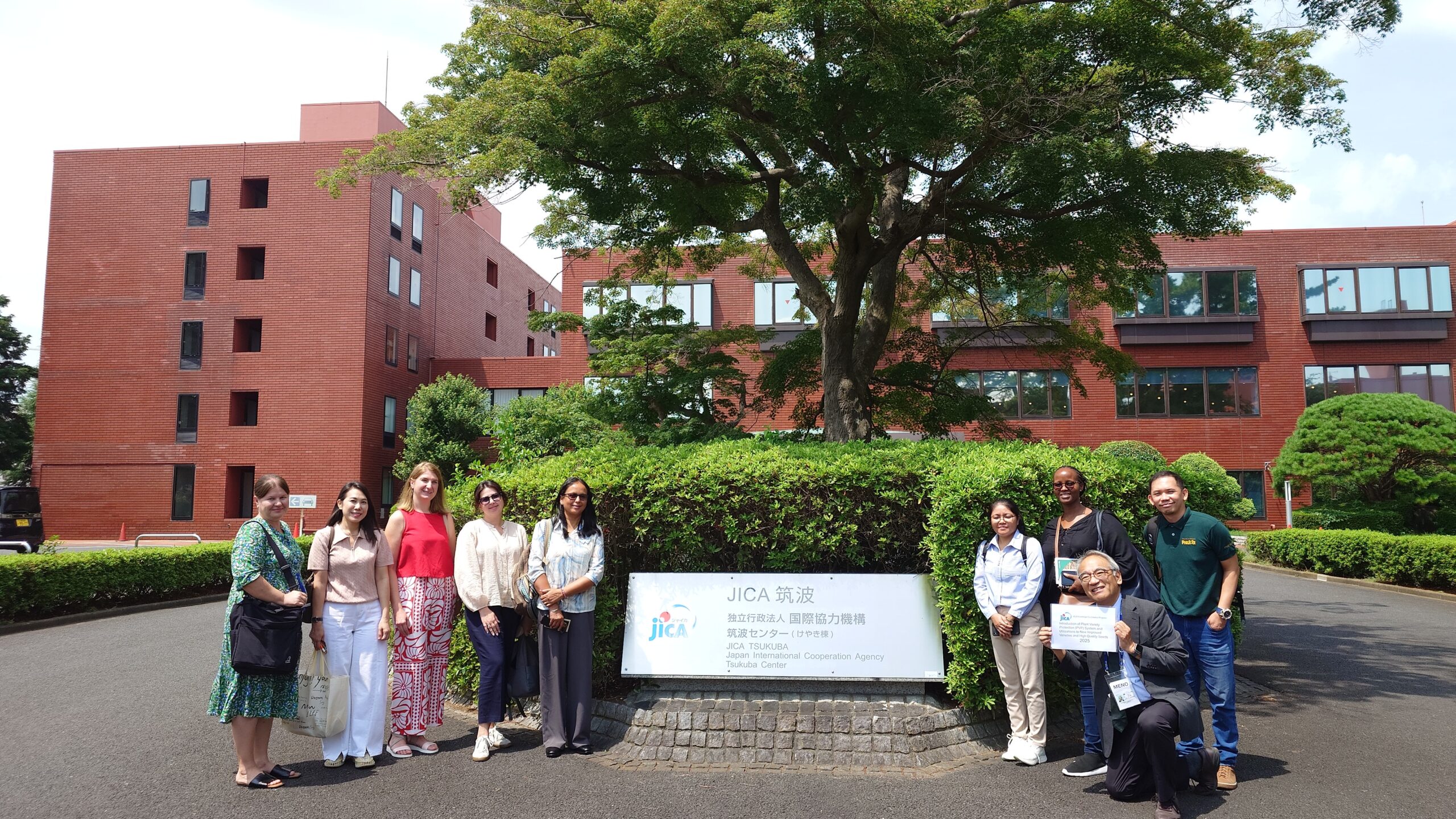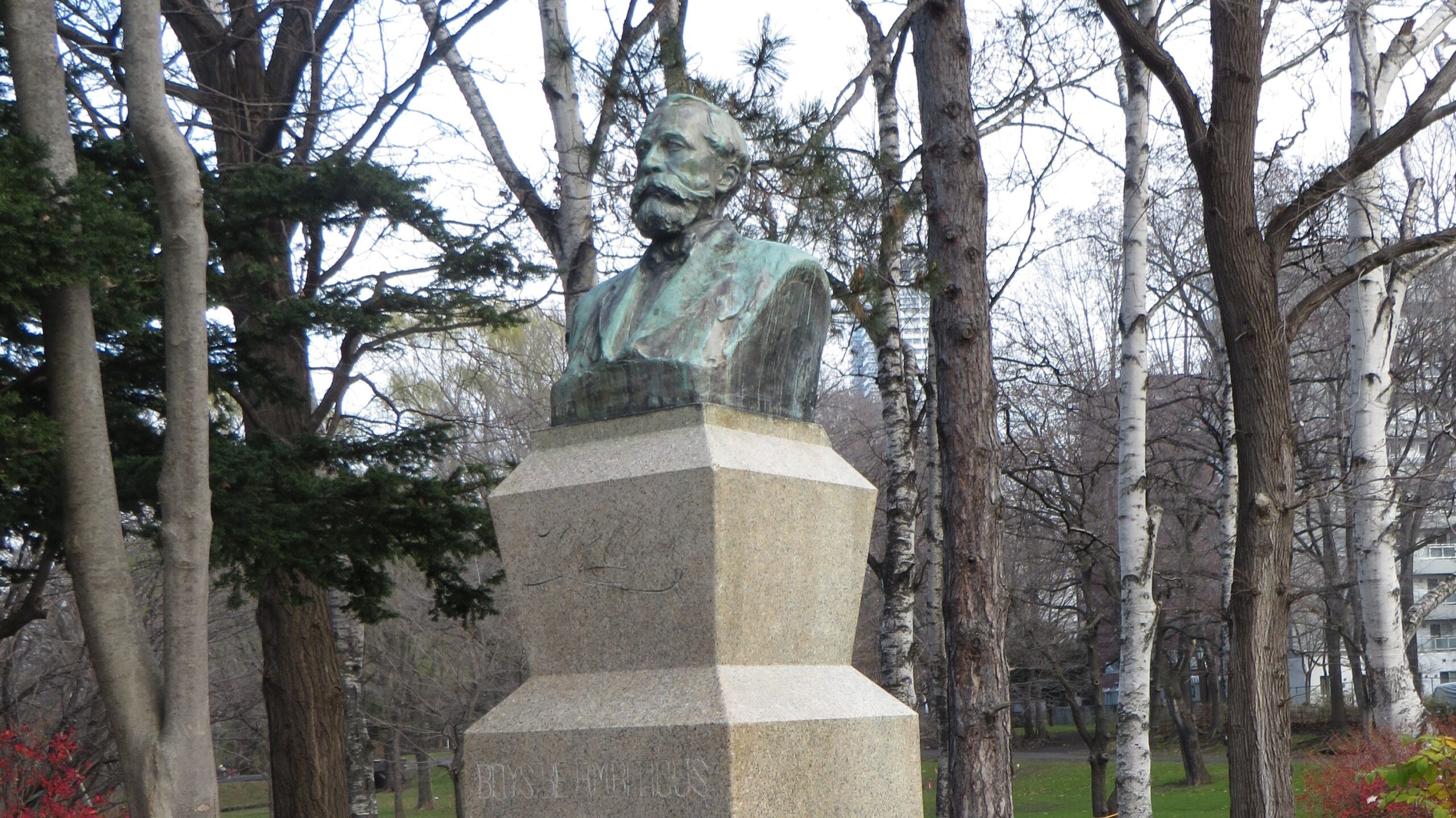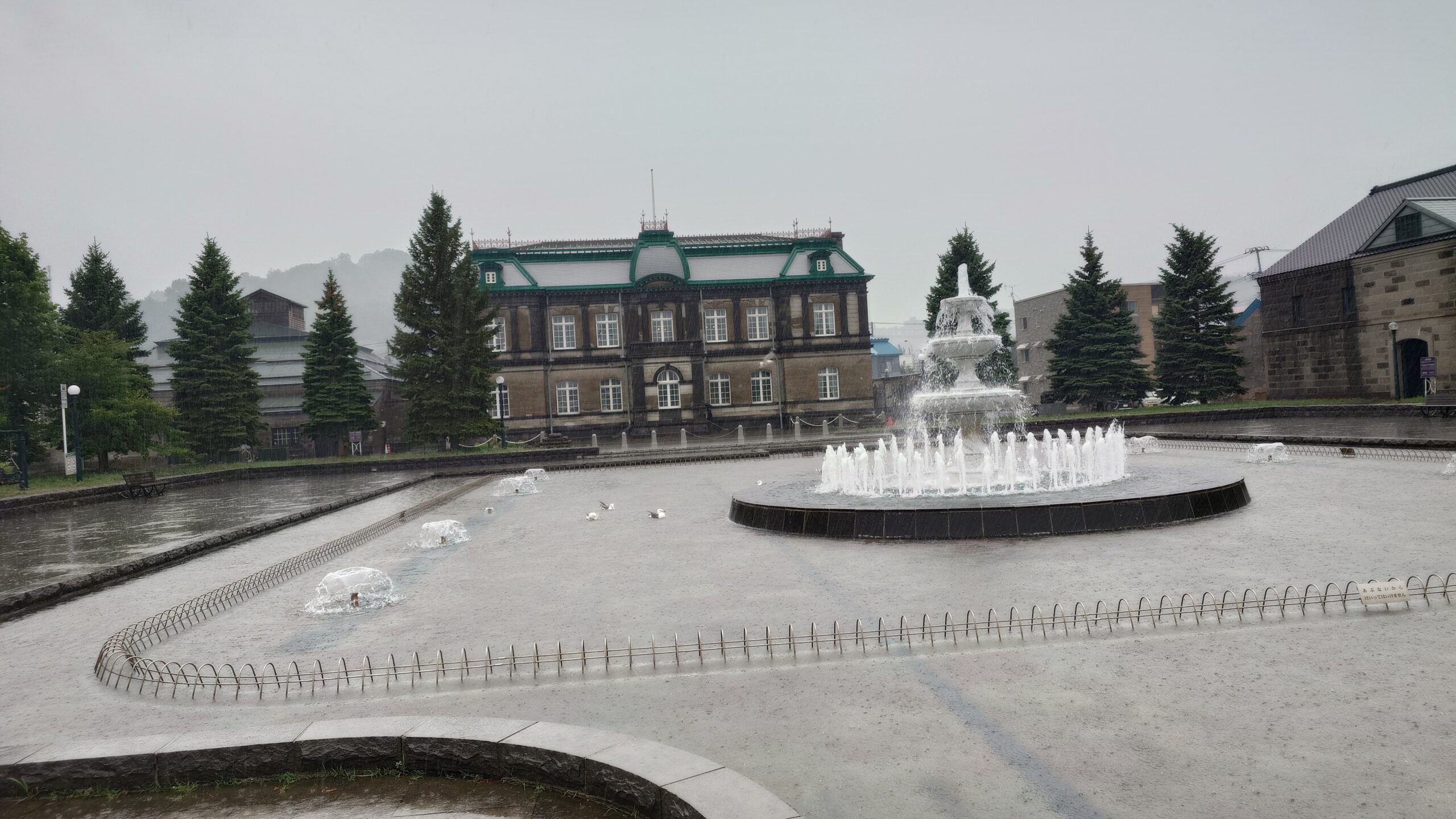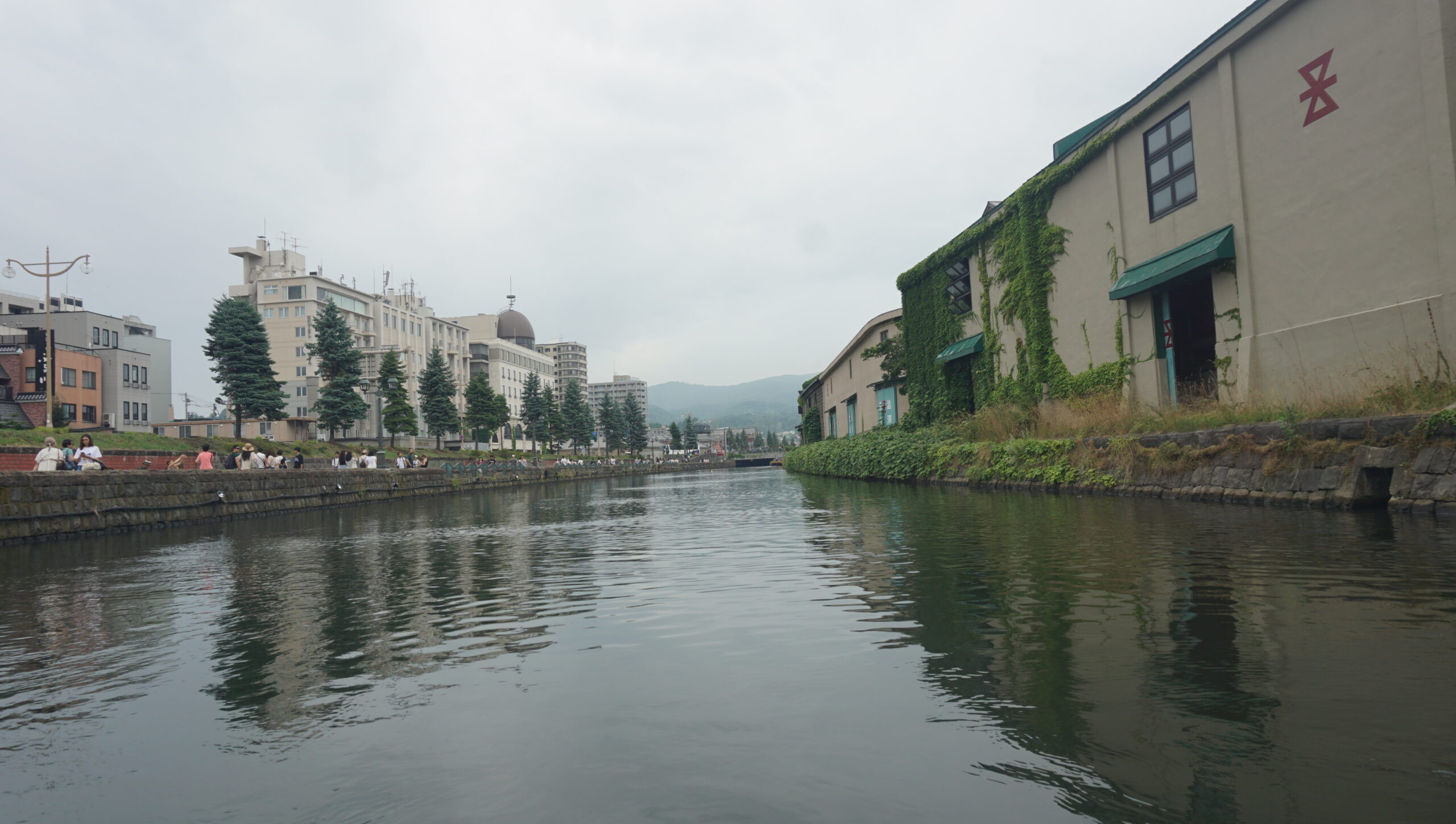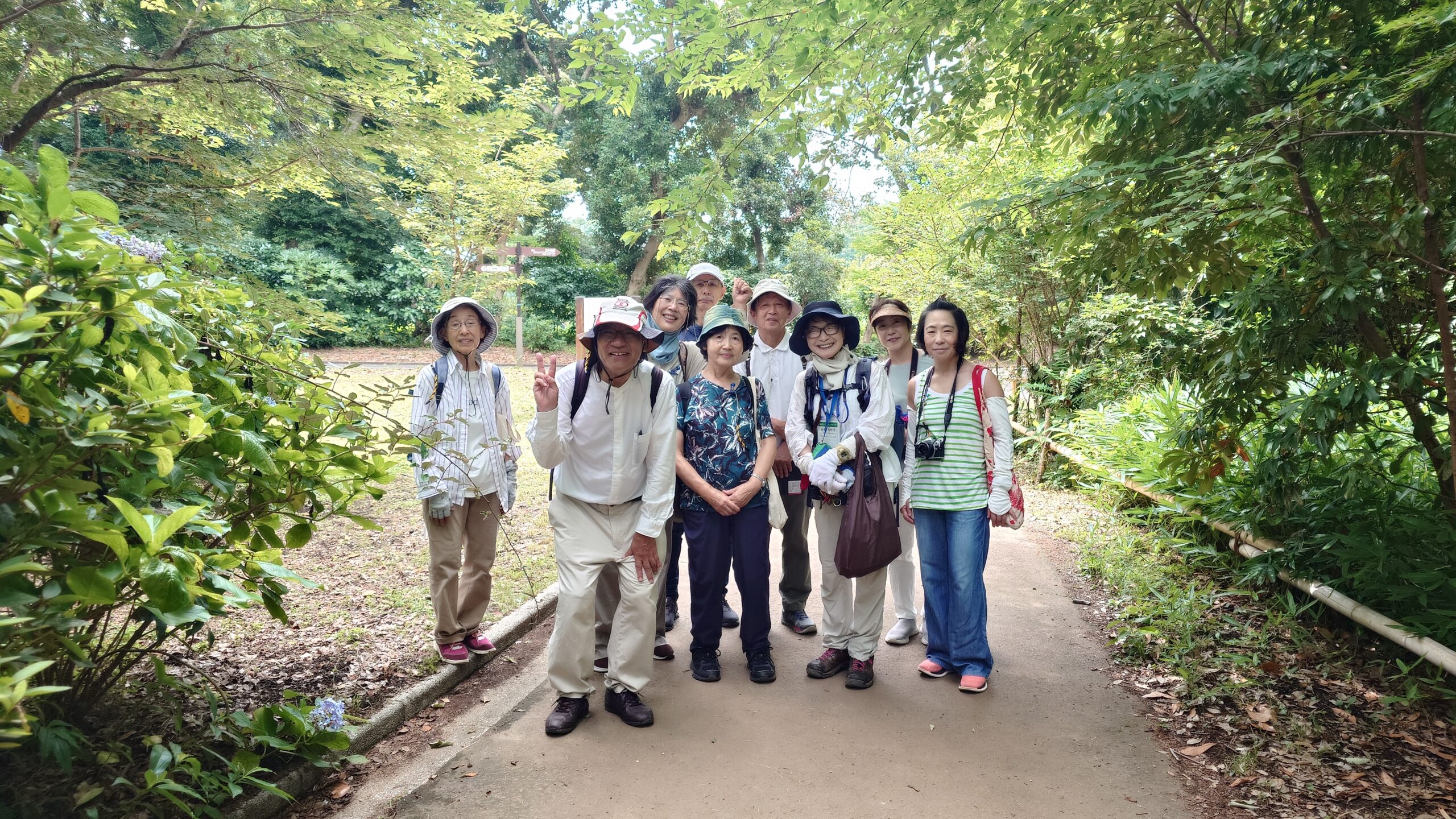With the end of the Tokugawa Shogunate’s feudal domain system and the establishment of a centralized Meiji government, Hokkaido Development Commission was established and modern agricultural development was promoted.
Sapporo Agricultural College opened in Sapporo, and Dr. William Smith Clark, president of Massachusetts Agricultural College, was invited to serve as its president. While Clark’s tenure at Sapporo Agricultural College was short, lasting approximately eight months, his student William Wheeler assumed the position as the second president after his departure. As a center for higher education in American agricultural and civil engineering techniques, the college made a significant contribution to the modernization of not only Hokkaido but Japan as well. Furthermore, Dr. Clark’s famous words, “Boys, be ambitious like this old man,” which he reportedly addressed to his students upon his departure in April 1877, have become famous.
Let’s explore some places associated with Sapporo Agricultural College and the Hokkaido Development Commission.
Sapporo Clock Tower
The Sapporo Clock Tower, officially known as the Former Sapporo Agricultural College Drill Hall, was built in 1878 (Meiji 11) at the suggestion of Dr. Clark, the first president, and designed by Dr. William Wheeler, the second presidentl. It served as the central auditorium for military training for agricultural school students, as well as entrance and graduation ceremonies. While the current Hokkaido University campus has been relocated north of Sapporo Station, the clock tower remains in roughly its original location, indicating that Sapporo Agricultural School was located at the Hokkaido Development Commission (now the Former Hokkaido Government Office Building (Red Brick Building)).
Dr. Clark advocated for the construction of this drill hall, stressing the importance of military training for students at Sapporo Agricultural College, which was established with the aim of cultivating leaders for the development of Hokkaido. It is said that his own loss of many of his students in the US Civil War was the driving force behind his advocacy of military training.
Hokkaido University Campus
The campus of Hokkaido University, formerly Sapporo Agricultural College, lies on a vast swathe north of Sapporo Station, and serves as a haven for students and the citizens of Sapporo.
There is a bust of Dr. Clark on the Hokkaido University campus, but as Dr. Clark’s popularity grew and the number of tourists increased in the 1970s, restrictions were placed on tourist buses entering the campus. As a result, to commemorate the 100th anniversary of the founding of Sapporo Agricultural College, a statue of Dr. Clark was erected at Hitsujigaoka Observatory, which offers a beautiful view overlooking Sapporo, and has become a famous tourist destination in Sapporo, although it has little to do with this famous quote.
The main road on campus is lined with buildings for the Faculty of Agriculture and other faculties, but behind these buildings is a farm, and within this farm there is a famous row of poplars. However, due to the aging of the poplars, they have been replaced with younger trees and some access restrictions have been put in place.
Hokkaido University Botanical Gardens
Dr. Clark, the first president of Sapporo Agricultural College, recommended to the Hokkaido Development Commission that “a botanical garden is necessary for the education of botany and horticulture.” The gardens were planned and designed by botanist Miyabe Kingo, a second-year student at Sapporo Agricultural College, and opened in 1886.
Making use of the topography, including springs that existed before the development of Sapporo, the gardens also feature exhibition gardens displaying plants unique to Hokkaido including local plants used by the Ainu people, and are open to the public.
Former Shimamatsu station post office, Boys, be Ambitious
At the invitation of the new Meiji government, which promoted modernization, Dr. William Smith Clark was appointed as the first president of Sapporo Agricultural College. After completing his approximately eight-month term, he offered his final farewell to his students in April 1877 at the Former Shimamatsu station, reciting his famous words: “Boys, be ambitious like this old man.” In an era before railroads, this station office provided passenger and horse transfers and accommodation. Dr. Clark, traveling from Sapporo to Muroran, delivered his final words to the students who had come to see him off. A monument to his departure still stands here, along with a monument marking the birthplace of cold-tolerance rice cultivation.
This site is also where dedicated private farmers successfully developed cold-climate rice cultivation techniques using bathwater for seedbeds and heated river water in canals called warm water channels to irrigate rice plants. Several years before Dr. Clark’s visit, this site also served as a significant spot for the president of agricultural collage to say goodbye to his students. However, Dr. Clark apparently recommended bread over rice, except when eating rice curry.






